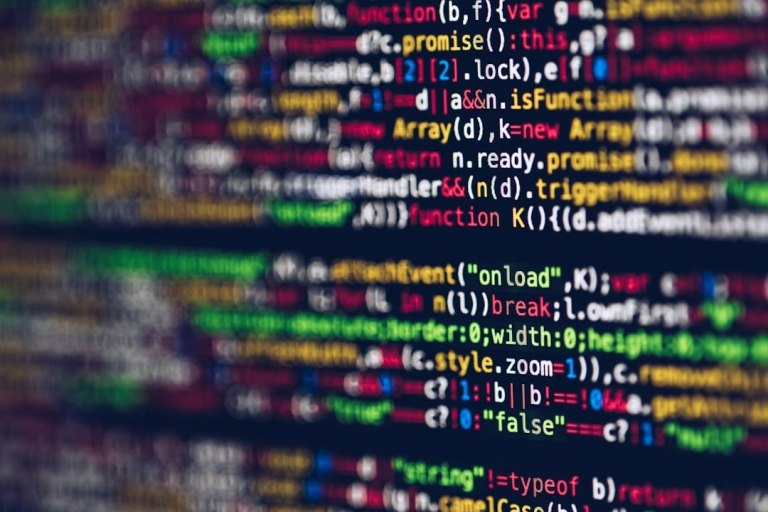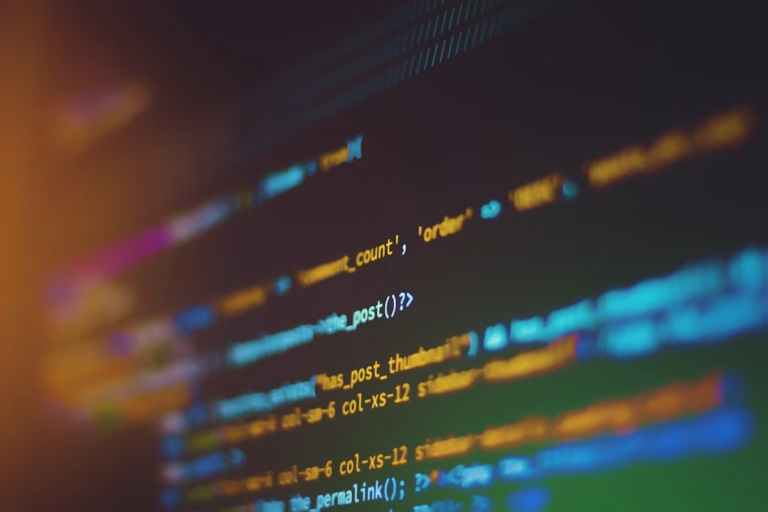Big Data: How to Perform Real-Time Data Analysis
In the fast-paced world of technology, real-time data analysis has become crucial for businesses looking to make immediate decisions based on the latest information. This guide delves into the intricacies of performing real-time data analysis in the context of big data, outlining the tools, techniques, and best practices needed to harness this powerful capability effectively.
Understanding Real-Time Data Analysis
Real-time data analysis involves processing data immediately as it becomes available, allowing organizations to react swiftly to changing circumstances. Unlike batch processing, where data is collected, stored, and analyzed periodically, real-time analysis demands continuous input, processing, and output.
Key Components of Real-Time Data Analysis
- Data Streaming: This is the first step in real-time data analysis, involving continuous data input from various sources like IoT devices, social media feeds, or online transactions.
- Data Processing Tools: To handle the velocity and volume of incoming data, powerful processing tools are needed. Popular choices include Apache Kafka for data streaming, Apache Storm, and Apache Flink for stream processing.
- Data Storage: Real-time data must be stored in a manner that allows quick access and analysis. In-memory databases such as Redis or time-series databases like InfluxDB are commonly used for this purpose.
- Analytics and Visualization: Tools like Apache Spark provide the ability to perform complex calculations on streaming data. Visualization tools such as Grafana or real-time dashboards in Power BI help present data analysis results in an understandable way.
Techniques for Effective Real-Time Data Analysis
- Event Processing: Develop systems that can identify and react to significant data events. This involves setting triggers or alerts that act when certain thresholds are met.
- Time Window Analysis: Implement time windowing techniques to analyze data points within specific time frames to identify trends and patterns.
- Scalability: Ensure your data infrastructure is scalable. As data volume grows, your system should be able to scale dynamically to handle increased loads without performance degradation.
- Data Integration: Integrate data from various sources to enrich analysis. This provides a more comprehensive view and enhances the accuracy of insights derived from the data.
- Machine Learning: Employ machine learning algorithms to predict trends and behaviors by analyzing real-time data streams. This can significantly enhance decision-making processes.
Challenges in Real-Time Data Analysis
- Data Quality: High volumes of data can include noise and irrelevant information, which can skew analysis. Ensuring data quality is a persistent challenge in real-time analysis.
- Latency: Minimizing delay between data receipt and decision output is critical. Any latency can reduce the effectiveness of the analysis, making speed a crucial factor.
- Resource Management: Efficiently managing the resources required for real-time analysis, such as computing power and memory, is essential for maintaining system performance.
Conclusion
Real-time data analysis is a powerful tool for businesses that need to make fast, informed decisions. By leveraging modern tools and technologies, organizations can analyze data as it arrives, gaining immediate insights that are crucial for maintaining a competitive edge.






